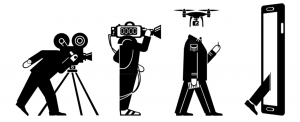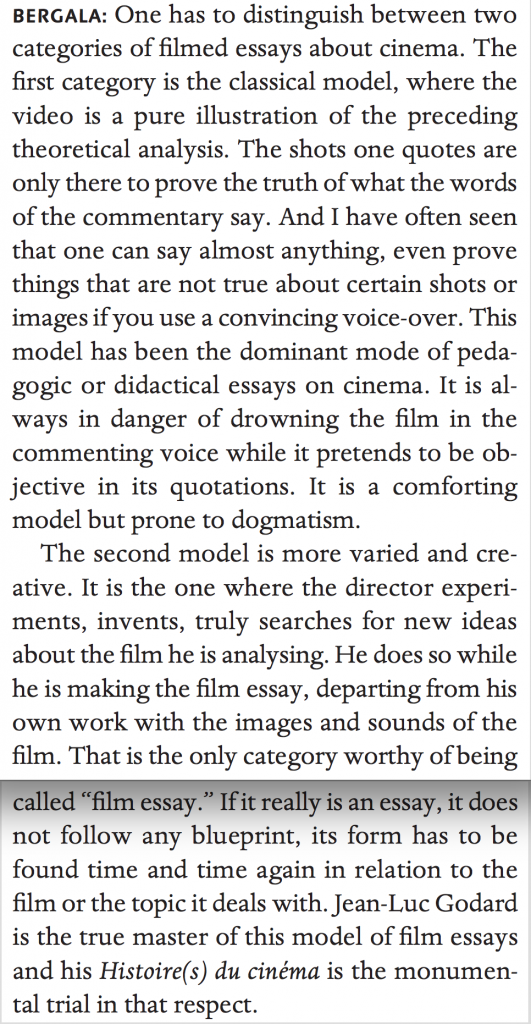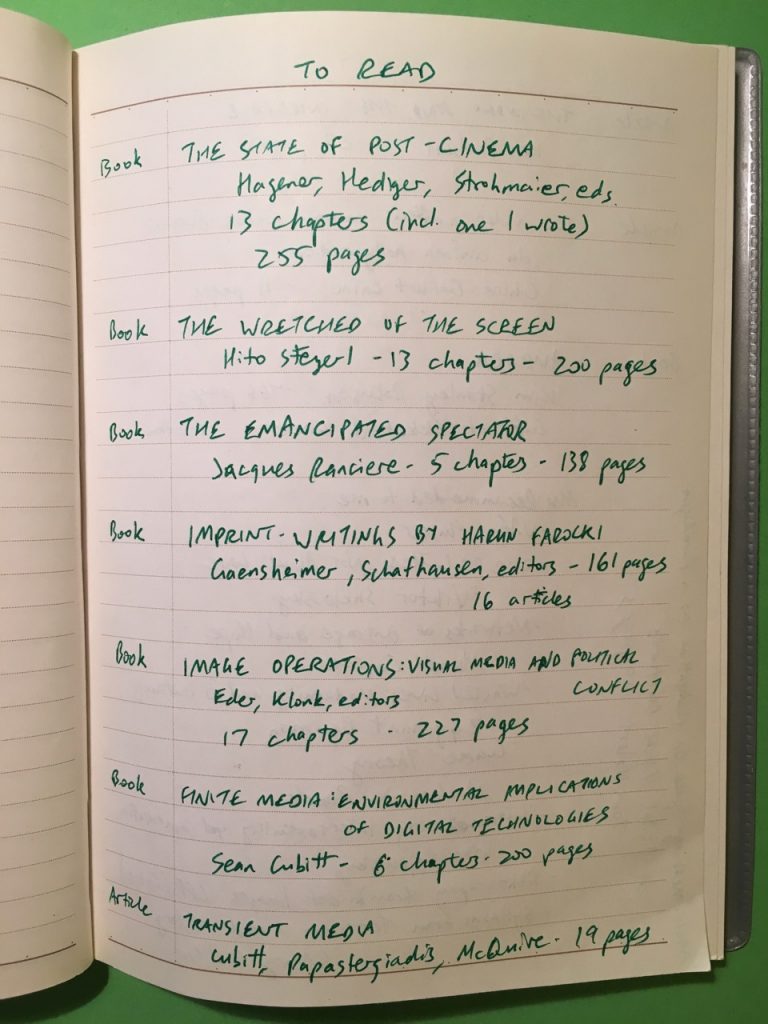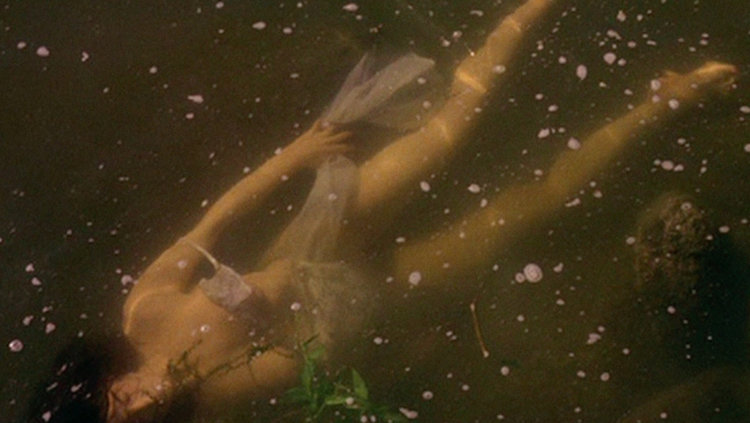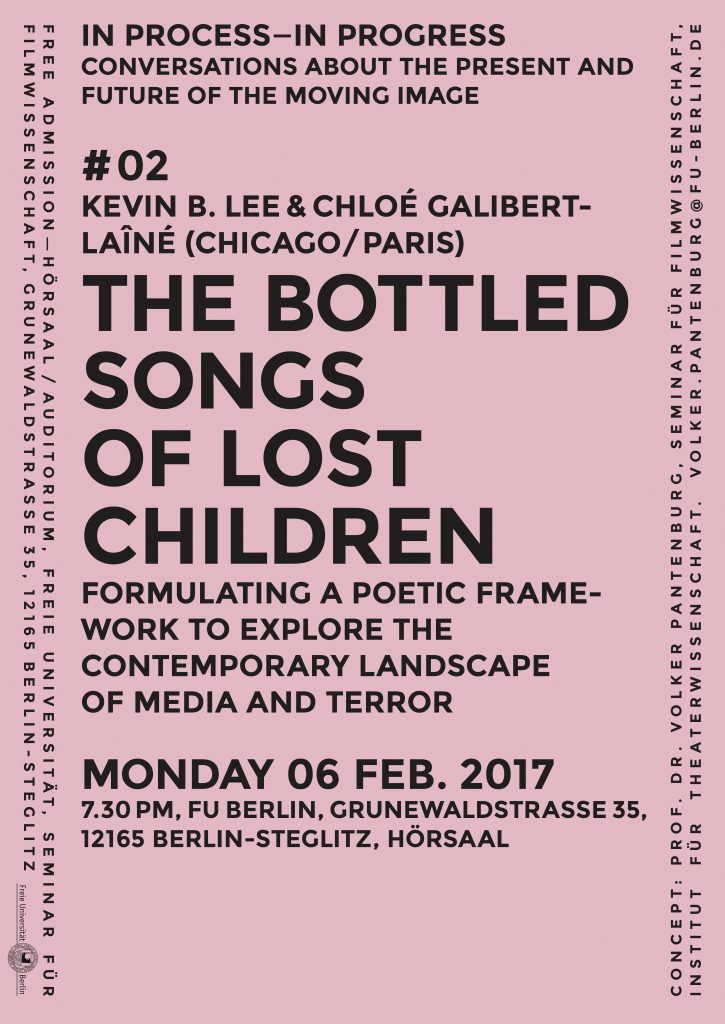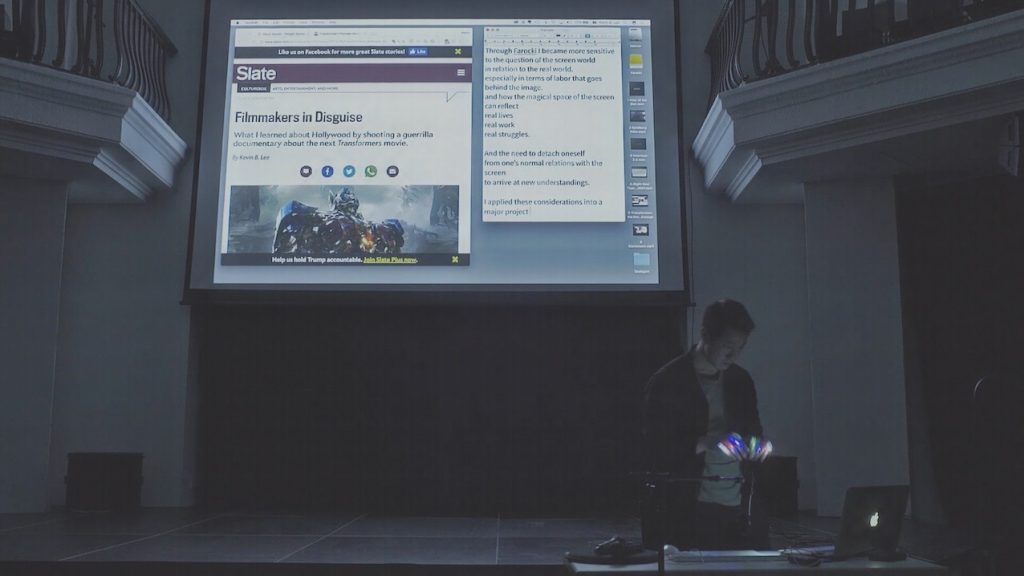One of the aims of the Harun Farocki Institut is to support archival activities, chiefly concerning Farocki’s personal and professional archival materials, but also to the critical study of moving images at large. In this spirit, I’ve spent some of my time in my residency undergoing a personal archival project, uploading and cataloging all of the 300+ video essays I’ve produced over the last ten years to my Vimeo account and linked to my personal website. So far I’m a third of the way through this project.
As I go through this cataloging process, I think about how to make these videos most useful and accessible to anyone who happens to encounter them. I’ve tagged each video with keywords corresponding to the historical period of their subject (i.e. 1920s for a late silent era film), as well as genre, geographical or national origin, or filmmaking topic (e.g. acting and performance; cinematography). Part of this is to diagnose what my own prevailing topical interests have been over the last ten years: how many video essays have I made about editing as opposed to narrative structure, cinematography or acting? Continue reading “Video Essays from 2007 – Getting Started”
